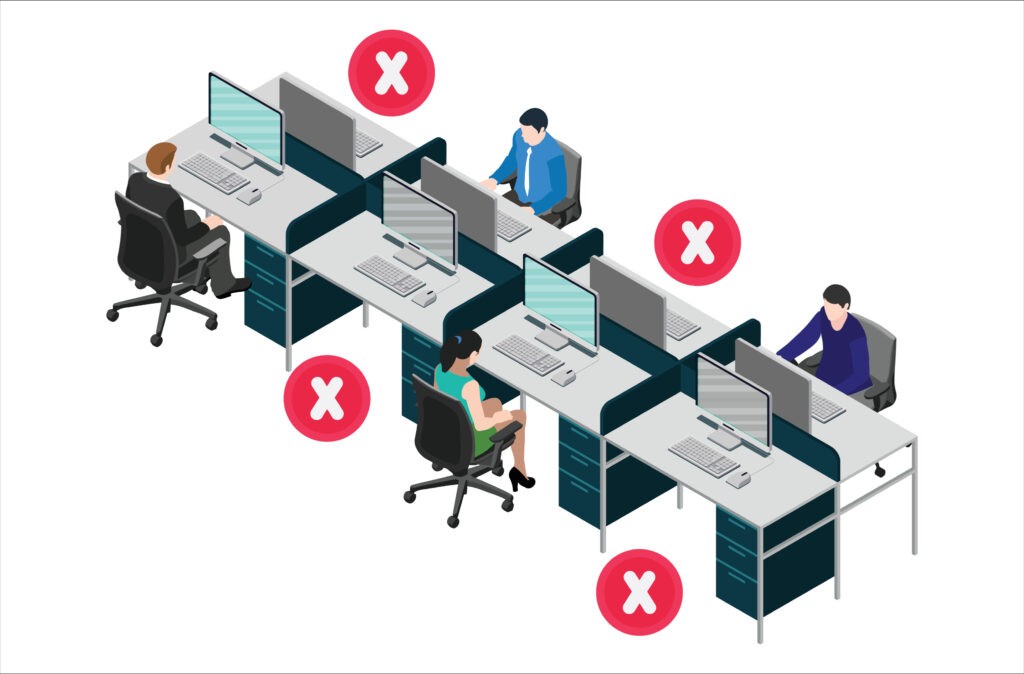
Trends in Cybersecurity
2023 Trends in Cybersecurity
- Increased use of cloud services: The adoption of cloud services has increased significantly in recent years, and this has resulted in a rise in cloud-related cyber threats. According to a recent report by McAfee, there was a 630% increase in cloud-related threats from January to April 2020.
- Rise in ransomware attacks: Ransomware attacks have become more prevalent, and they are now targeting larger organizations. The total cost of ransomware attacks in 2021 is expected to exceed $20 billion (report by Emsisoft).
- Greater focus on data privacy: There has been a greater focus on data privacy, and this has resulted in the introduction of new regulations such as the GDPR and CCPA. According to a survey by Cisco, 83% of organizations have increased their focus on data privacy in the last year.
- Increased use of AI in cybersecurity: AI is being used more frequently in cybersecurity to help identify and respond to threats. According to a report by Capgemini, 69% of organizations believe that AI is essential to their cybersecurity strategy.
- Growing concern about supply chain attacks: There is a growing concern about supply chain attacks, where attackers target a third-party supplier to gain access to a target organization. According to a report by Symantec, the number of supply chain attacks increased by 78% in 2020.
- Rise in phishing attacks: Phishing attacks have increased significantly in recent years, and they are becoming more sophisticated. According to a report by Verizon, 36% of all data breaches in 2020 involved phishing.
- Cyber Liability: More companies are signing up for cyber liability insurance. Getting cyber insurance coverage is crucial for protecting organizations. One way to keep cyber insurance premiums lower is to enforce 2FA across the network.
Overall, these trends highlight the increasing complexity and sophistication of cyber threats, and the need for organizations to adopt a comprehensive approach to cybersecurity. For example, see how healthcare professionals are using passwords differently.

A Focus on Productivity
Many trends focus on increasing productivity wherever possible. Here are some of the major trends:
Automation: The use of automation is becoming more prevalent in the cybersecurity industry. This includes the use of artificial intelligence and machine learning to automate routine tasks. Examples include password management and threat detection and response, freeing up security professionals to focus on higher-level tasks.
Cloud Security: As more organizations move their applications and data to the cloud, there is an increased focus on cloud security. This requires security teams to develop new skills and expertise in managing security in a cloud environment.
Collaboration: Collaboration between security teams and other business units is becoming increasingly important for effective cybersecurity. This requires security professionals to have strong communication skills and the ability to work effectively with others.
Remote Workforce: With the rise of remote work, security teams are facing new challenges in securing networks and devices that are not located within the traditional corporate network. Therefore, this requires security professionals to adapt to new tools and technologies that can support remote work while maintaining security.
Continuous Monitoring: Continuous monitoring of networks, systems, and applications is becoming more important for effective cybersecurity. This requires security teams to develop new skills in data analytics and real-time threat detection.
These trends are driving changes in the cybersecurity industry, and security professionals need to adapt to these changes to remain productive and effective in their roles.
See GateKeeper Enterprise advanced MFA in action.
Take a self-guided tour of how you can evolve from passwords. Then you're really saving time with automation.




